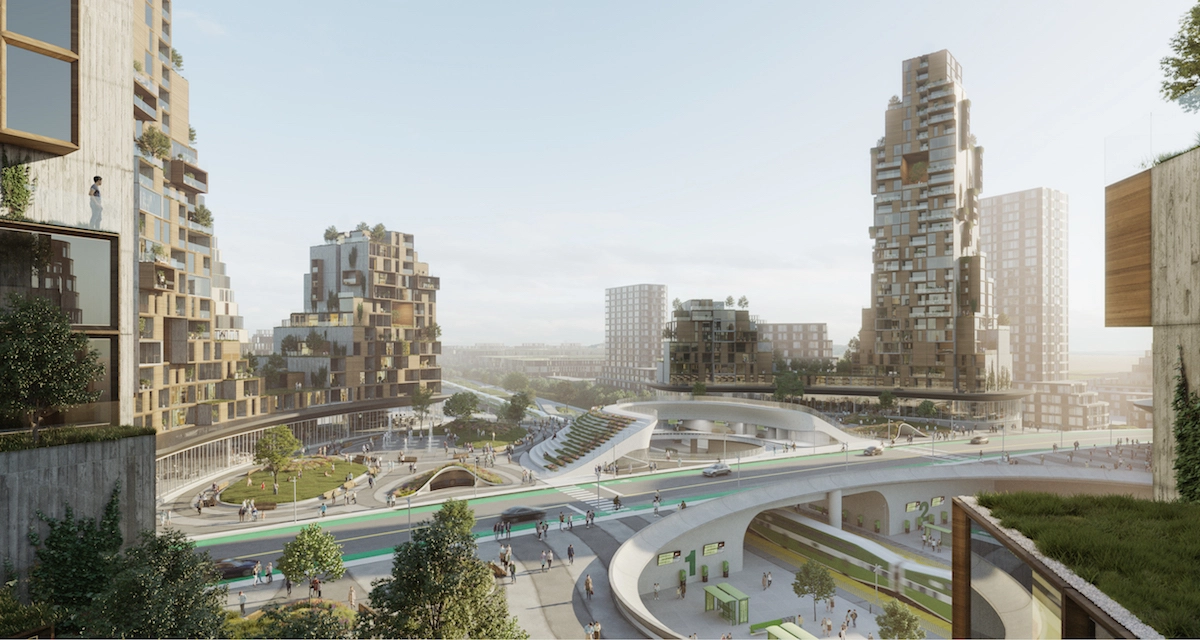The Psychology Behind Britain’s Obsession with Heritage Architecture:
Why do people have such strong emotional connections to historic buildings?
As you stroll through any British city or town, you will witness people pausing to marvel at historical churches, elegant Georgian terraces, and charming medieval cottages. Old buildings exert a powerful attraction on us, which extends beyond simple feelings of nostalgia.
What elements of heritage architecture create its profound attraction?
And what psychological factors make historic buildings more appealing than modern constructions to many people?
The appeal of architecture extends beyond aesthetics and craftsmanship because it touches on psychological and emotional factors as well as cultural identity.
This article investigates why Britain remains captivated by heritage architecture through a study of the emotional and psychological elements that engender widespread appreciation for these old constructions.
1. The Comfort of Familiarity: Why Historic Architecture Feels Like Home
The “mere exposure effect” is a psychological phenomenon that describes how people develop a preference for things they encounter frequently. The historic buildings of Britain stand as permanent fixtures within our landscapes and towns, becoming integral parts of our childhood memories and sense of place.
The Role of Childhood Memories
- Many people connect historic buildings to joyful memories from childhood, such as trips to grand country houses, family visits to castles, or daily life on streets filled with old terraces.
- Psychologists suggest that early life experiences produce an unconscious feeling of security linked to traditional architecture.
Why Modern Buildings Often Feel Less Welcoming
- Modern architectural designs featuring stark minimalism tend to evoke sensations of unfamiliarity and coldness in observers.
- The transition from human-sized dimensions in traditional buildings to the large box shapes of modern constructions creates an environment that feels less welcoming.
2. The Beauty of Imperfection: How Heritage Architecture Appeals to Our Senses
Old buildings earn our admiration largely due to their imperfections. Historic architecture stands out because it embraces irregular patterns while using natural materials and handcrafted details, unlike modern constructions that aim for sleek uniformity.
The Psychology of Texture and Materials
- Old structures incorporate elements such as weathered wood, handmade bricks, and aged stone, which together create an authentic and warm atmosphere.
- Studies show that natural materials generate positive emotional reactions, helping people achieve a relaxed state, unlike synthetic surfaces such as glass, concrete, or plastic.
The Wabi-Sabi Effect: Finding Beauty in Age
- Wabi-sabi represents a Japanese aesthetic that celebrates beauty through imperfections and the natural aging process.
- Marks of history and time on heritage buildings, such as worn stone steps and slightly uneven wooden floors, enhance their unique charm and character.
- Modern buildings tend to look too perfect and sterile, making them lack emotional depth and feel less engaging.

The Wabi-Sabi design Shkrub House
3. The Human Connection: Stories, Identity, and Nostalgia
Old buildings function as more than just physical structures because they preserve stories and memories that define cultural identity.
Buildings as Storytellers
- Each historic building holds its own unique narrative, whether it served as a medieval inn for tired travellers, stood as a Victorian factory shaping community life, or acted as a Georgian townhouse witnessing centuries of change.
- These narratives build emotional connections between people and places, lending buildings a soulful essence that modern structures frequently miss.
The Longing for Nostalgia and the Desire to Connect with the Past
- Nostalgia is a powerful psychological force. Scientific studies demonstrate that people are attracted to objects that evoke memories of “better times,” regardless of their own personal experience with those times.
- Historic architecture offers us an opportunity to visualise how life was in past periods, even if just for a short time.
- The popularity of period dramas, historical novels, and heritage tourism derives from people’s desire to connect with a past they find romantic and meaningful.
4. Timeless Design: Why Classical Architecture Still Feels Right
Certain architectural styles maintain their attractiveness over time because they withstand trends and changes. Classical and heritage architecture relies on principles that architects have used since ancient times.
The Power of Symmetry and Proportion
- Classical design principles, including the Golden Ratio and human-scale proportions, guide historic buildings to create naturally pleasing aesthetics.
- The perfect symmetry and balance found in Georgian architecture create an instinctive sense of comfort for people.
Contrast with Contemporary Architecture
- Modern structures often dismiss traditional proportional guidelines, resulting in designs that appear confusing or misplaced.
- Despite the benefits of innovation, neglecting centuries of architectural knowledge usually creates buildings that people find difficult to emotionally connect with.
5. The Sense of Permanence: Why We Trust Old Buildings More
Historic buildings provide reassurance because they have survived through time.
Psychological Reassurance of Longevity
- Buildings that have stood for 100 to 500 years naturally inspire trust in their stability and durability.
- Buildings created with inexpensive materials through fast construction techniques lack the ability to generate equivalent trust.
The Disposability of Modern Architecture
- Short-term materials in post-war buildings from the 1960s and 70s have led to their early demolition or deterioration.
- Heritage buildings demonstrate longevity because they were constructed with materials like stone and timber, which gain strength as they age.
- Human preference for historic buildings as living spaces or workplaces stems from their inherent solidity and reliability, which modern constructions cannot provide.
6. Heritage Architecture and Well-Being: How Old Buildings Make Us Feel Better
Experts in psychology and urban design now acknowledge architecture’s vital role in supporting mental health.
Biophilic Design and the Natural Connection
- Studies in biophilic design demonstrate that people experience better well-being in spaces that incorporate natural elements into architectural design.
- The organic forms, natural materials, and soft colours found in historic buildings create a calming and relaxing environment.
Walkability and Community Spaces
- Traditional towns and villages were designed for human-scale living, promoting walkability and fostering community bonds through slower living rhythms.
- The focus of contemporary developments on vehicles, retail centres, and towering residential blocks results in environments that create feelings of detachment and impersonality.
- Restored heritage areas like Bath, York, and Edinburgh stand out as some of the most appealing and comfortable places to live.
7. Modern Architecture: Capable of Recreating the Enchantment of the Past?
Since older structures create feelings of happiness and connectivity while improving safety, what prevents us from using these designs in new constructions?
Challenges in Modern Construction
- The need to control expenses alongside strict deadlines drives developers to use less expensive materials and adopt speedier construction methods.
- The design philosophy of modern architecture emphasises utility while often overlooking how architectural design affects human emotion.
New Developments Inspired by Heritage Architecture
Some contemporary heritage architects in the UK have started to acknowledge the benefits that traditional design principles can offer modern architecture:
- In Norwich, the Goldsmith Street housing development follows classic terraced street patterns and uses traditional brick construction and pitched roofs.
- Poundbury, Dorset, is a town built to embody traditional design elements through human-scale proportions and mixed-use buildings that promote community living.
New development projects are increasingly adopting traditional architectural styles because buyers prefer them over modern high-rise glass structures. Modern buildings that mimic the emotional resonance of heritage architecture emerge from combining ancient principles with current sustainable technology.
Why Old Buildings Will Always Matter
The British passion for heritage architecture stems from deep psychological roots as well as historical and natural human elements.
The sense of comfort, beauty, and stability found in old buildings creates a profound sense of belonging that modern constructions often fail to achieve. Future-oriented architects and planners need to learn from historical architecture so the built environment can remain inspirational and connective while enduring through generations.







